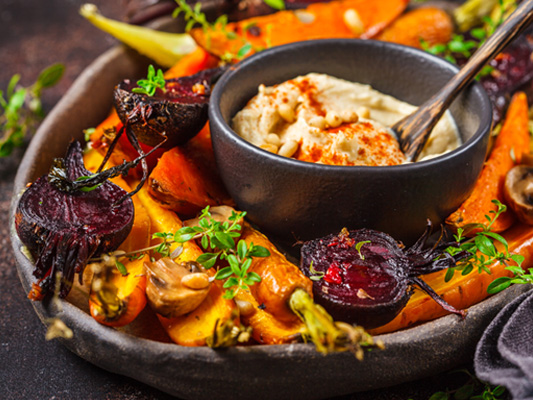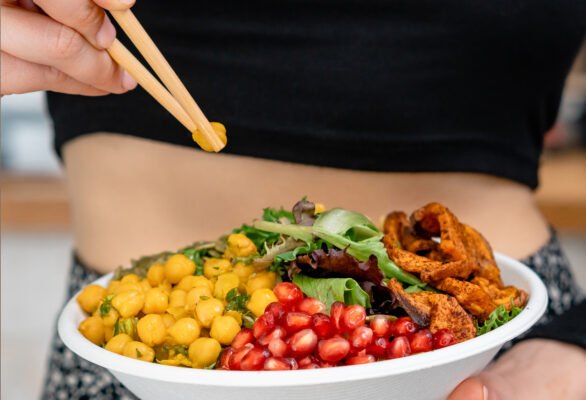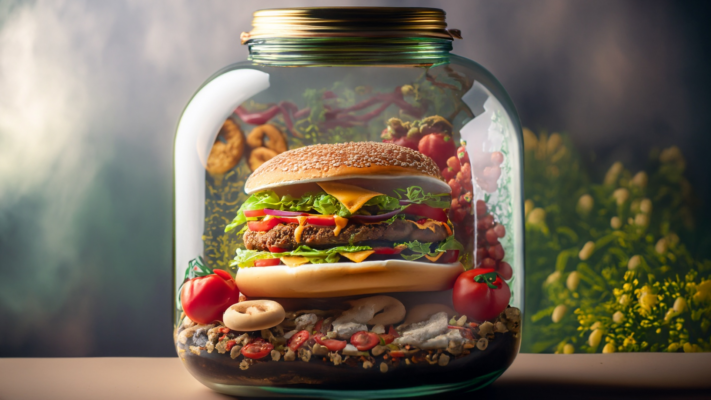You know those days when all you want is a warm, comforting meal that just hugs your soul? Maybe it’s a big ol’ plate of mac ‘n’ cheese, a slice of that ooey-gooey chocolate cake, or some finger-licking good fried chicken. Comfort foods like these have this crazy power to tug at our heartstrings and whisk us back to happier, simpler times. But have you ever wondered what makes comfort food so, well, comforting? Let’s chat about the world of heart-hungry cravings and the magic of comfort food.
The Secret Sauce: Why Comfort Food Tastes Like Home
The heart of comfort food lies in its flavors, textures, and aromas that remind us of home, family, and love. Our brains are amazing at connecting tastes and smells with memories and emotions. So, when we think about our favorite comfort foods, we’re instantly flooded with images of treasured moments and days gone by.
There’s actually some cool science behind why comfort food makes us feel all warm and fuzzy. Many of these dishes are packed with carbs, fat, and sugar – a powerful combo that gets our brains to release feel-good chemicals like dopamine and serotonin. These chemicals help regulate our mood, giving us that temporary happiness boost we sometimes need.
Many comfort foods are loaded with a delectable combination of carbs, fat, and sugar, which our bodies find incredibly satisfying. As we indulge in these culinary delights, our brains respond to this perfect storm of ingredients by releasing feel-good chemicals like dopamine and serotonin.
Dopamine, often referred to as the “reward” chemical, plays a significant role in our brain’s pleasure and reward system. When we enjoy a scrumptious dish packed with carbs and fat, our brains release dopamine, creating a sense of happiness and contentment. The more we eat, the more dopamine is released, reinforcing the pleasure we associate with these foods.
On the other hand, serotonin is known as the “happy” chemical, responsible for regulating our mood and contributing to our overall well-being. The sugar in comfort food triggers the release of serotonin, which helps to counteract feelings of stress and anxiety, lifting our spirits and giving us that much-needed happiness boost.
But the magic doesn’t stop there! The cozy memories and associations that are often tied to our favorite comfort foods amplify these feel-good effects. Our brains naturally link these dishes to happy moments spent with loved ones or feelings of safety and security, creating an emotional connection that goes beyond their delicious taste.
So, the next time you find yourself indulging in a plate of grandma’s famous lasagna or a bowl of creamy mac and cheese, remember that it’s not just the mouthwatering flavors that are making you feel so good. There’s a whole world of fascinating science at play, working behind the scenes to give you that irresistible, soul-soothing warmth only comfort food can provide.
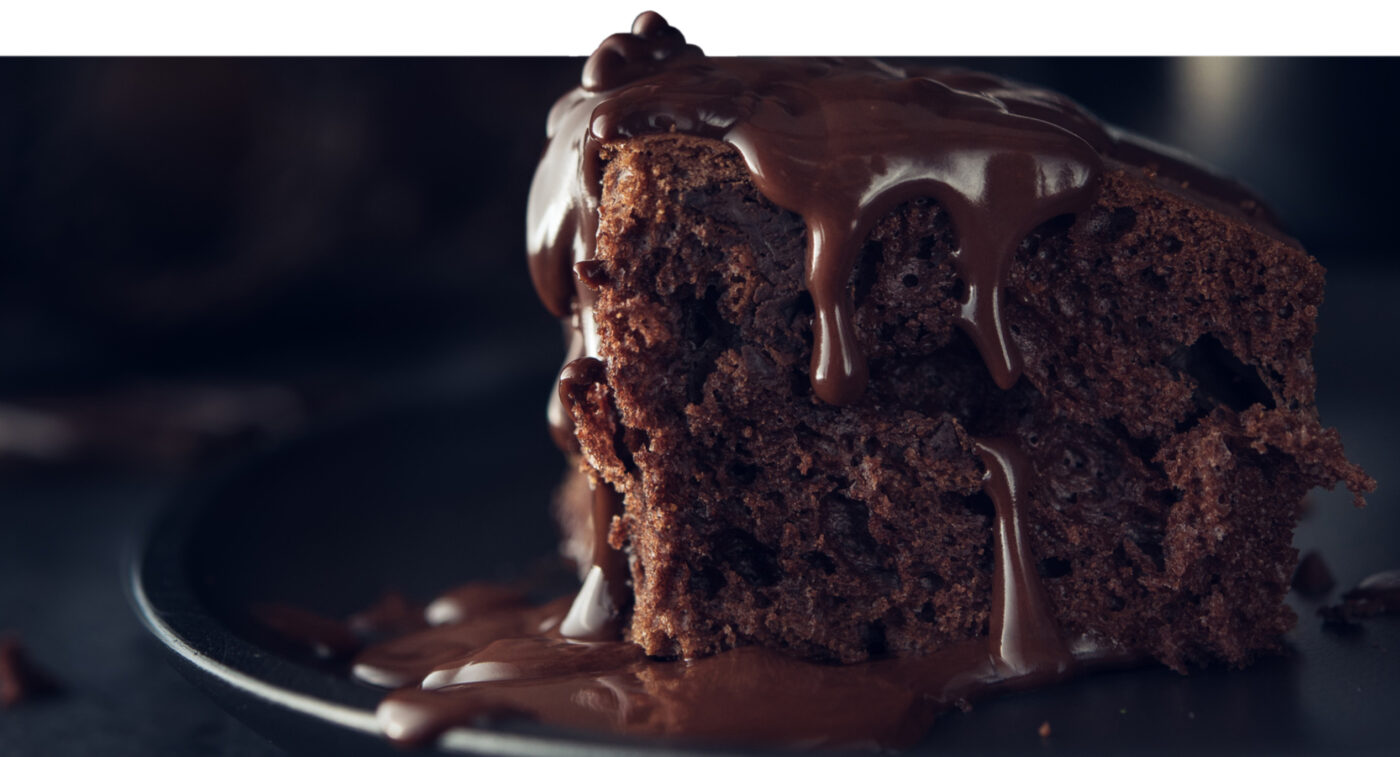
The Ties That Bind: Comfort Food and Togetherness
Comfort food is like a big group hug, right? It doesn’t just make us feel better, but it also brings us closer together. Picture everyone sitting around the table, sharing a meal, and connecting like we’ve been doing since the beginning of time. There’s just something magical about enjoying our favorite comfort foods with friends and family – it’s like we’re feeding our hearts and souls through shared experiences, laughter, and good ol’ conversation.
But, you know what they say – too much of a good thing can be bad. If we start leaning on our beloved dishes to deal with stress or sadness, we might end up with some not-so-awesome eating habits. The trick is finding that sweet spot between indulging in comfort food and looking for emotional fulfillment in other parts of our lives.
One pitfall of overdoing it with comfort food is emotional eating, which can lead to overeating and packing on the pounds. When food becomes our go-to for coping, it’s easy to lose touch with our body’s signals for hunger and fullness. Before we know it, we’re stuck in a cycle of eating to numb our emotions, only to feel guilty or ashamed afterward.
So, how do we avoid this trap? We gotta find other ways to handle our emotions and feel fulfilled. One option is building stronger connections with the people around us. Opening up to friends, family, or even support groups can help us face life’s challenges and find comfort in the company of others who get what we’re going through.
Another way to keep things balanced is diving into hobbies or activities that make us happy and relaxed. It could be painting, dancing, hiking, yoga – you name it! Focusing on our passions gives us a sense of accomplishment and joy that lasts way longer than the temporary high of comfort food.
Don’t forget about self-care and mindfulness practices, like meditation. They’re super helpful for managing stress and negative emotions. By becoming more aware of our thoughts and feelings, we can better understand what triggers our comfort food cravings and learn to deal with them in healthier ways.
The bottom line is, while comfort food can give us that warm, fuzzy feeling we crave, it’s essential to balance it out with other ways of finding emotional fulfillment. By nurturing our relationships, chasing our passions, and practicing self-care, we can create a solid foundation for emotional well-being and steer clear of unhealthy eating habits.
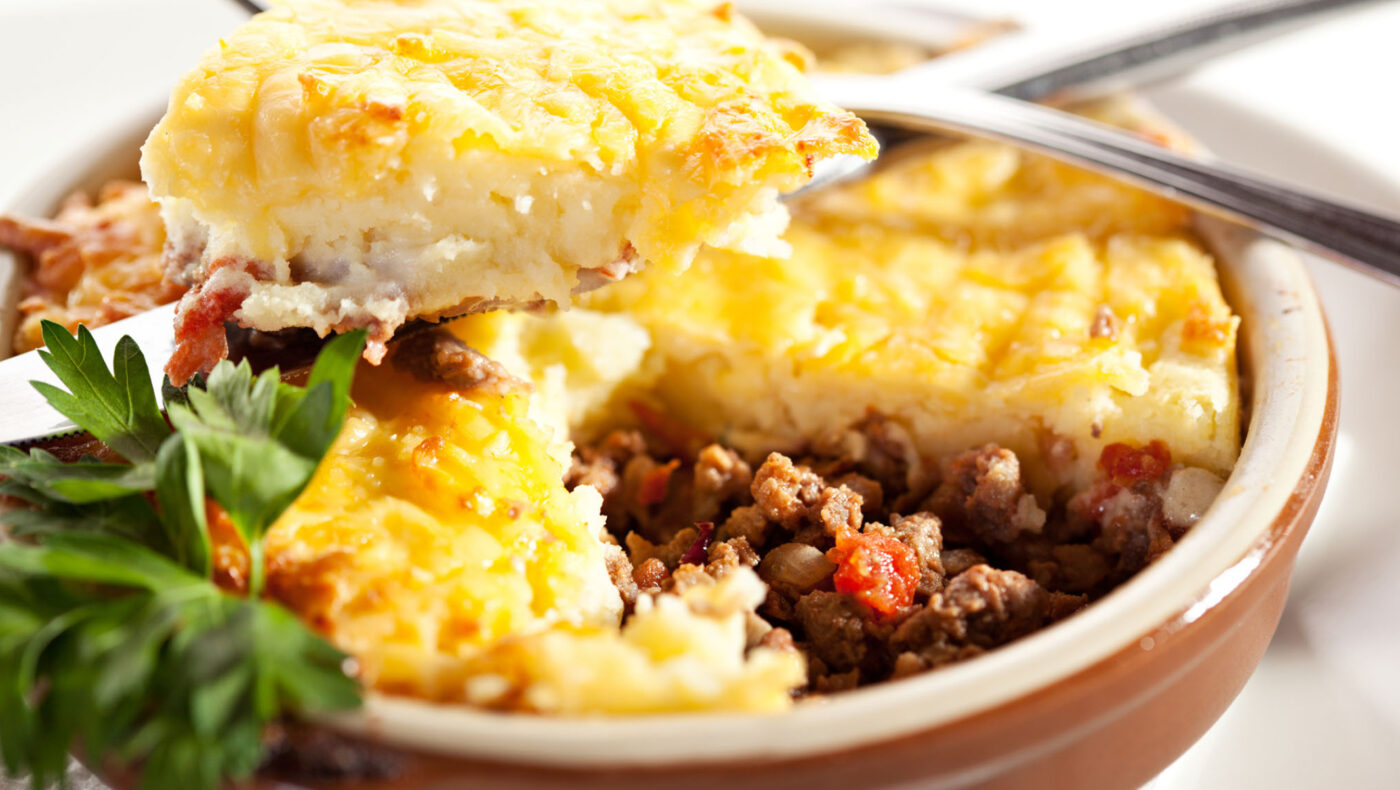
Mindfully Munching: Enjoying Comfort Food Without the Guilt
One way to keep our relationship with comfort food in check is through mindful eating. By really taking the time to savor each bite, we can feel more satisfied with smaller portions and avoid overindulging. Plus, mindful eating helps us stay present, so we can appreciate not just the food, but also the memories and emotions that come with it.
Comfort food has a unique way of warming our hearts and making us feel all cozy inside. By understanding why these dishes are so irresistible and practicing mindful eating, we can still enjoy the magic of comfort food while keeping things balanced. Go ahead, dig into that bowl of your grandma’s famous spaghetti, and don’t forget to savor every delicious bite and memory it brings. But, here’s a thing: food can’t genuinely heal our emotional wounds or nourish our souls. What our hearts really crave is getting close with the present moment. We can find that connection with just about anything—our favorite people, the great outdoors, or even something as small as a raisin.
It’s like, taking a nature walk and soaking in the sunbeams dancing through the trees can make us feel all warm and content inside. Or, having a heart-to-heart with someone we love can make us feel seen and understood, like they just get us, you know?
When we’re truly in the moment, all those cravings start to fade away. We realize we’ve got everything we need right here, right now. No need to search for satisfaction elsewhere—everything’s already pretty perfect, just the way it is. 💞
Be Alive 🌱
Love ❤️, Julia
Mindful Eating 🥢
Mindful Eating Meditation
GUIDED MEDITATIONS 💗
DISCLAIMER: The materials and the information contained on the Positive Pranic website are provided for general and educational purposes only and do not constitute any legal, medical, or other professional advice on any subject matter. None of the information on our videos is a substitute for a diagnosis and treatment by your health professional. Always seek the advice of your physician or other qualified health providers prior to starting any new diet or treatment and with any questions you may have regarding a medical condition. If you have or suspect that you have a medical problem, promptly contact your health care provider.



